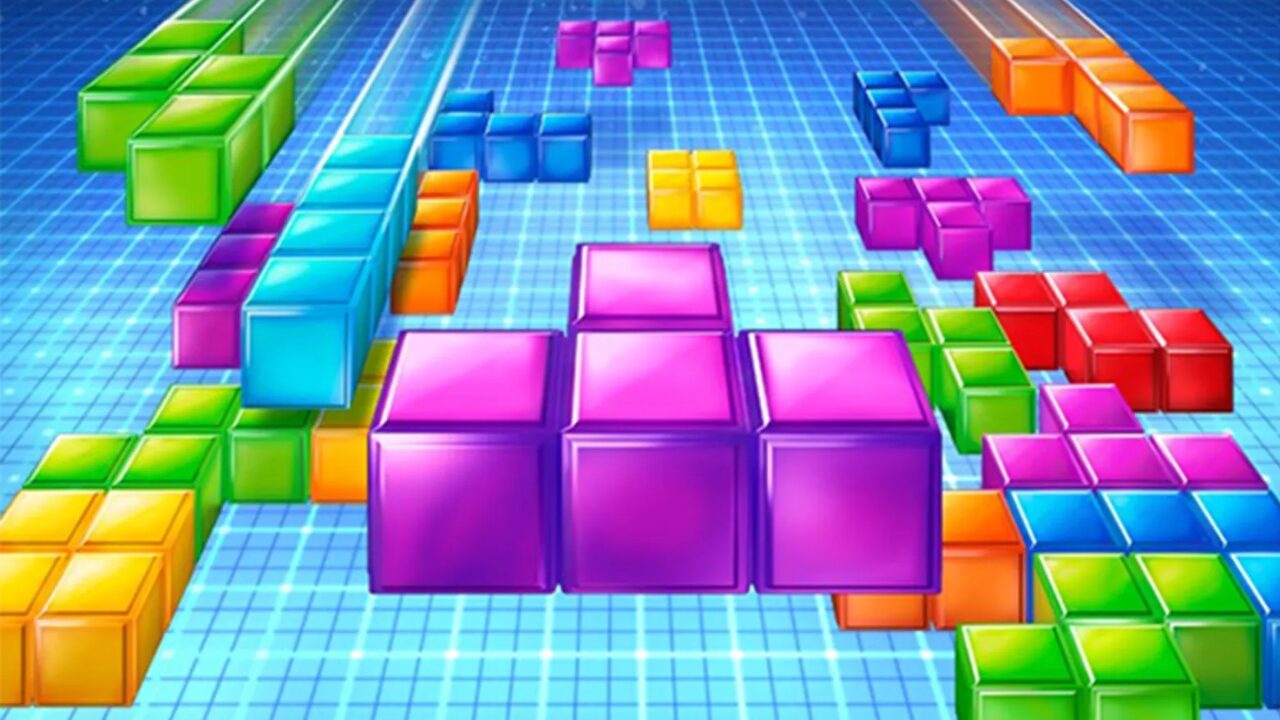You know that feeling when the world fades away and it’s just you, the buttons, and the screen? You lose track of time. Every move feels like instinct. That’s not a fluke: that’s flow. The best game designers in history built that feeling on purpose, and it’s the same pulse driving digital experiences today, from indie titles to high-end simulators.
The Modern Flow Chase
That sense of rhythm and reward isn’t confined to the arcade anymore. It’s the design heartbeat of almost every successful digital experience. Modern platforms are built around unbroken momentum: instant feedback, visible progress, and that smooth cause-and-effect loop that keeps users in the zone.
On Steam, achievement systems deliver instant gratification. Badges unlock the moment a milestone is hit, bright visuals flash, and a sound cue celebrates the win. This quick recognition keeps players striving for the next goal and mirrors the constant feedback cycle that once kept hands glued to joystick buttons. It’s a pure example of digital flow.
Mobile games like Fortnite and Genshin Impact use the same design DNA. Their loot box and gacha systems combine suspense and instant reward: animation reveals, rarity colours, and sound bursts that deliver the same emotional rush arcades once perfected. Each small victory creates a loop of anticipation and reward that keeps players engaged, focused, and hungry for “just one more round.”
This design logic of speed, fairness, and instant feedback now defines digital platforms far beyond gaming. The best online casino sites operate with the same flow-driven philosophy: instant deposits and withdrawals keep momentum alive, provably fair blockchain systems remove doubt from each result, and real-time bonuses or loyalty rewards mirror the rapid gratification loops players know from gaming. Every feature is built to prevent downtime and sustain immersion, the same way a perfectly tuned arcade cabinet keeps the action continuous.

Streaming platforms like Spotify operate on a similar rhythm. Every tap triggers a near-instant result. Songs change without delay, playlists adapt automatically, and personalized recommendations appear the second a track ends. This frictionless continuity keeps listeners engaged for hours without noticing time pass. Features like autoplay, “Discover Weekly,” and live visualizers all echo the same reward loop: instant response, subtle feedback, and the illusion of endless motion.
Whether it’s unlocking a badge, revealing a rare drop, watching a payout confirmation flash across the screen, or queuing up another track, the emotional payoff is identical. Clear goals, immediate feedback, and that irresistible rhythm of action and reward.
The Original Flow Machines
Before anyone used terms like “UI design” or “user engagement,” arcade developers were building flow into every coin slot. The early eighties were a masterclass in rhythm and response. Pac-Man, Tetris, and Galaga all worked because they hit the perfect balance between simplicity and intensity. You always knew the goal. You always saw the result. And the better you got, the faster things moved.
In those cabinets, you didn’t just learn flow, you embodied it. The loops were short, the stakes were instant, and the satisfaction was physical. Those blinking lights and sound bursts were designed to trigger tiny hits of dopamine every time you made progress. Modern research backs this up. Fast feedback loops keep the brain in a focused yet relaxed state, creating the mental sweet spot that gamers call being locked in.
How Modern Games Keep Flow Alive
Today, the tools have changed, but the goal is the same. Game developers still chase that delicate balance of challenge, clarity, and control.
- Adaptive pacing: Games now adjust in real time. Miss too many shots, and the game might subtly ease the pressure. Nail every combo, and the difficulty spikes in response. You are always pushed, never punished.
- Feedback layering: From subtle controller vibrations to instant score flashes, every action earns a reaction. This constant micro-feedback keeps players motivated without overwhelming them.
- Minimal friction: Smooth menus, fast loading, and responsive controls keep players from dropping out of flow. Lag is the enemy. The best titles remove it entirely.
It’s the same design theory that made Street Fighter II timeless: fast input, fast reward, and a loop that never breaks stride.
Why Flow Still Matters
For players, flow is more than a buzzword. It’s what makes a game stick. You can polish graphics, add DLC, and layer on storylines, but without flow, a game falls flat. The same goes for any platform that depends on user engagement; the core principle remains universally true. Flow is what keeps gamers grinding for hours, streamers hitting “Go Live,” and coders tweaking emulators late into the night. It’s what keeps people coming back, not because they have to, but because they want to.
Psychologists say flow sits right between boredom and anxiety, just enough challenge to stay sharp, just enough reward to stay hooked. Flow happens when a person’s skills align with the challenge at hand. If that balance slips, the mind shifts into other states: relaxation when it’s too easy, anxiety when it’s too hard, or boredom when there’s no stimulation at all. It’s why Tetris still feels good after forty years, why Rocket League works without dialogue, and why every great modder chases that perfect sync between control and chaos when tuning an emulator build.
Bringing It Back to the Arcades
If you’ve ever built or modded your own cabinet, you already understand the principle. It’s about rhythm. Too fast, and players burn out. Too slow, and they drift away. The perfect cabinet finds the groove: sound, speed, and challenge locked together in harmony.
That same groove drives the best modern games, mobile apps, and digital experiences that stretch far beyond the old arcade floor. The medium has changed. The goal hasn’t. Designers still want you to forget time, to stay in the moment, to keep pressing Start one more time. Flow isn’t just part of gaming. It’s the essence of it.



